Looking back on the careers of the 14 previous prime ministers who served during the reign of Queen Elizabeth, it is striking to note that most of them left Downing Street as a result of resignation rather than defeat at a general election.
Eight quit for one reason or another, compared to just five who were ejected by the electorate.
Harold Wilson left by both means: beaten in the 1970 election, and resigning just two years after regaining office in 1974.
The spate of resignations by her last few Conservative prime ministers – David Cameron, Theresa May and Boris Johnson – is book-ended by a similar phenomenon in her early years on the throne.
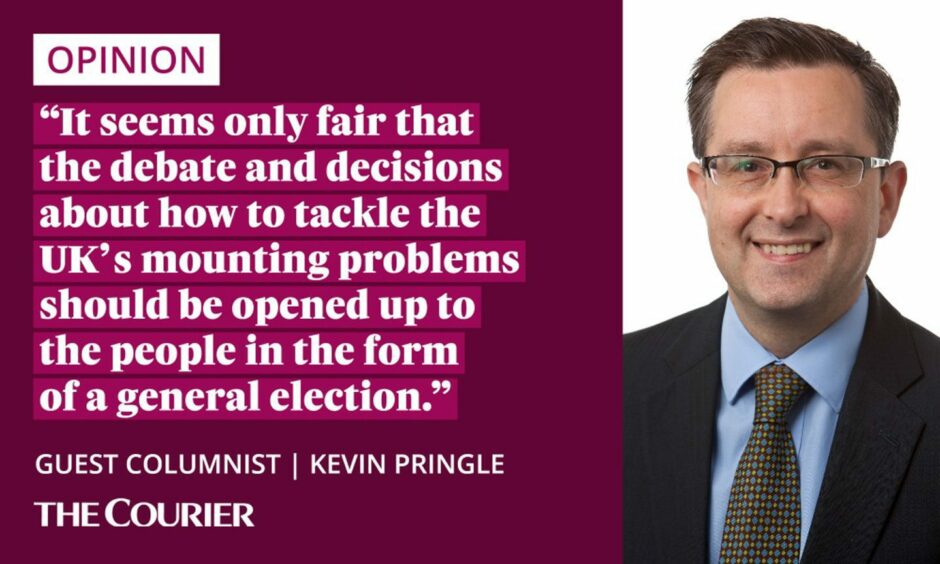
Back then, Tory premiers such as Anthony Eden and Harold Macmillan called it a day (laid low by the Suez crisis and the Profumo scandal respectively).
In recent years, the problems have included the chaos ushered in by Brexit, and lawbreaking in Downing Street during lockdown.
‘Strong and stable’ is Conservative myth
At the very least, this corrects any false impression that periods of Conservative government are characterised by calm and order.
The record suggests the opposite is the case.
Given all that has happened since, Mr Cameron’s tweet during the 2015 general election provokes a wry smile now: “Britain faces an inescapable choice – stability and strong government with me, or chaos with Ed Miliband.”
As it transpired, Mr Miliband would have been by far the safer choice.
Britain faces a simple and inescapable choice – stability and strong Government with me, or chaos with Ed Miliband: https://t.co/fmhcfTunbm
— David Cameron (@David_Cameron) May 4, 2015
That tweet reminds me of a story during the Perth and Kinross by-election in 1995.
The Conservative candidate was filmed canvassing a voter on the doorstep, insisting that the choice was between him “or a leap in the dark with the SNP”.
Looking him up and down, the lady made clear her strong preference for the leap.
Liz Truss ought to call autumn election
With Liz Truss, we now of course have another prime minister who has come to office on the back of her predecessor’s resignation, mid-parliament and with no electoral approval other than from members of her own party.
Decisions of the greatest magnitude will be taken by what is, in effect, a new government, on multi-faceted issues such as the cost of living crisis.
Ms Truss is clearly anxious to communicate that, in both tone and substance, her administration is very different from the often dysfunctional farce that went before.”
There are indications of a shift to the right, with briefings that the cap on bankers’ bonuses and the directive that brought in the 48-hour working week are to be scrapped.
In any event, Ms Truss is clearly anxious to communicate that, in both tone and substance, her administration is very different from the often dysfunctional farce that went before.
In these circumstances, it seems only fair that the debate and decisions about how to tackle the UK’s mounting problems should be opened up to the people in the form of a general election.
Admittedly, it’s got next to no chance of happening, but I believe an autumn election would be in the self-interest of Ms Truss as well as the public interest.
Going to the country early would show a determination to win her own mandate for the course she wants to set. She would benefit from the glow of being fresh in post that can only last a short time.
More cynically, conditions look set to worsen for many people next year, notwithstanding tax cuts for some, with no certainty they will improve by 2024.
History is littered with prime ministers who wound down the electoral clock in the vain hope that something would turn up.
In recent days, we have had pomp and circumstance galore, and a rededication to the hereditary system at the heart of Britain’s constitutional arrangements.
In the weeks and months to come, democracy should be back in the driving seat.
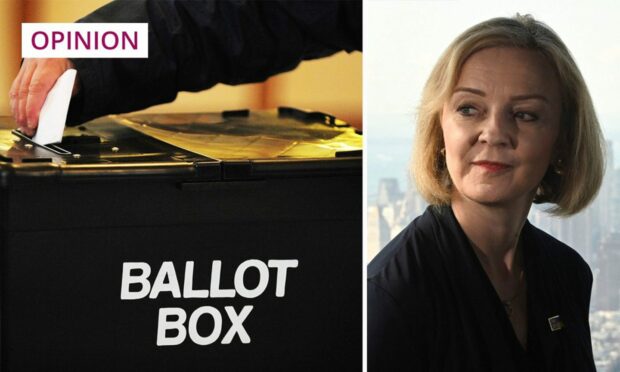
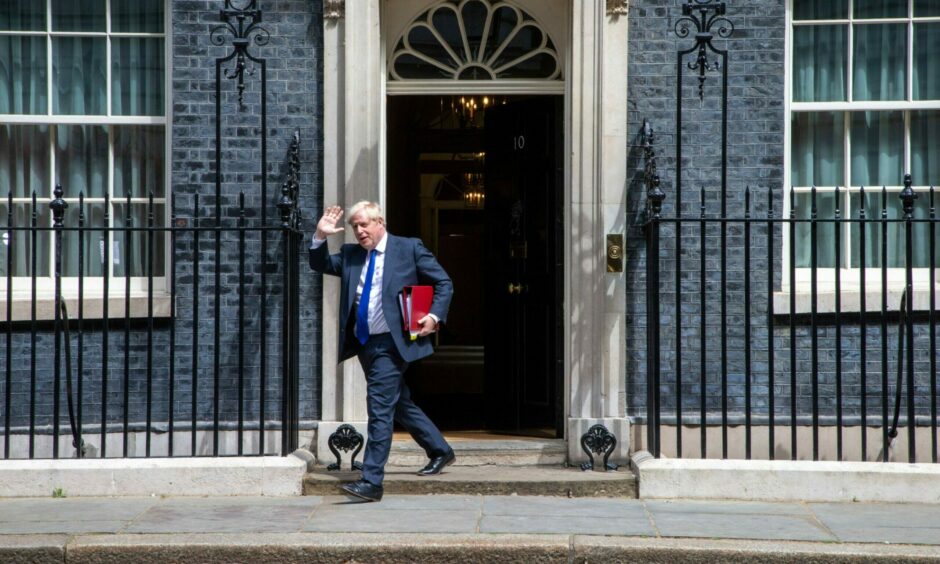
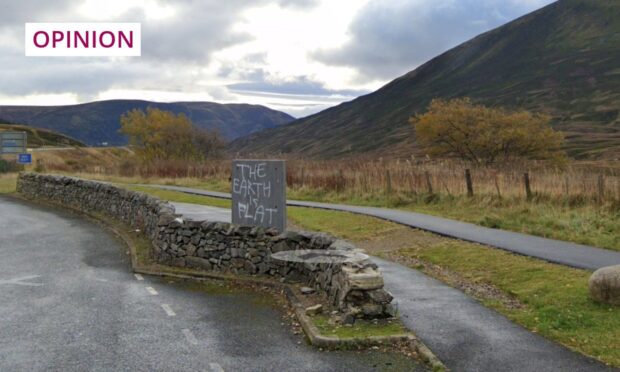

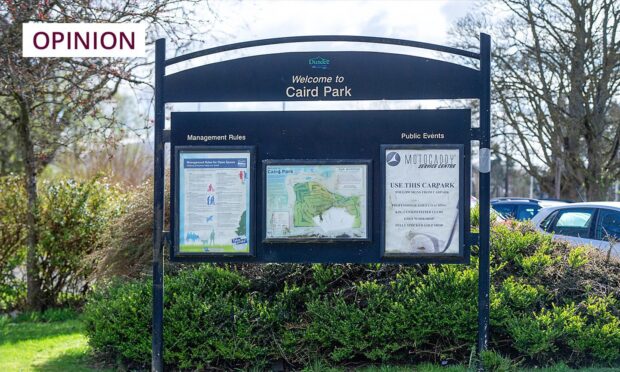
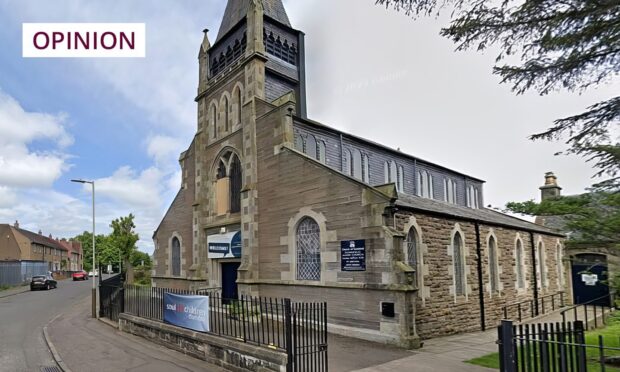
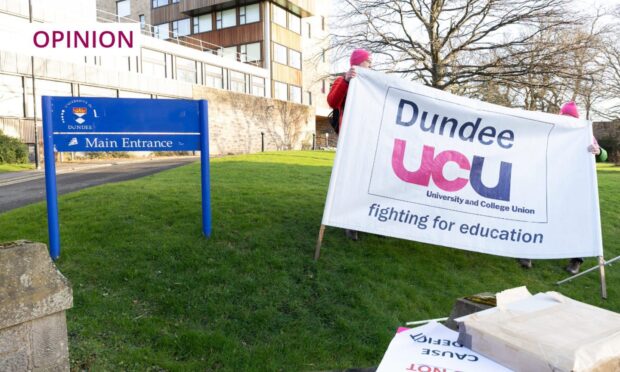
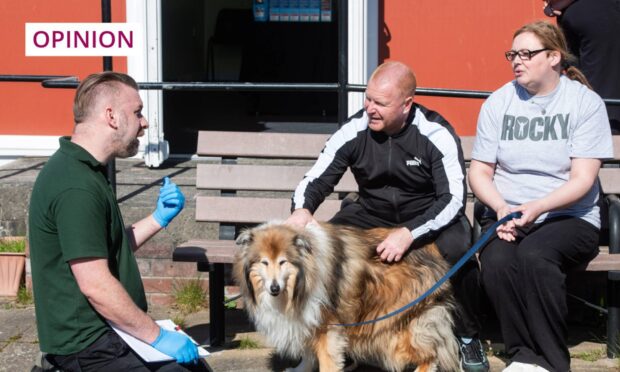


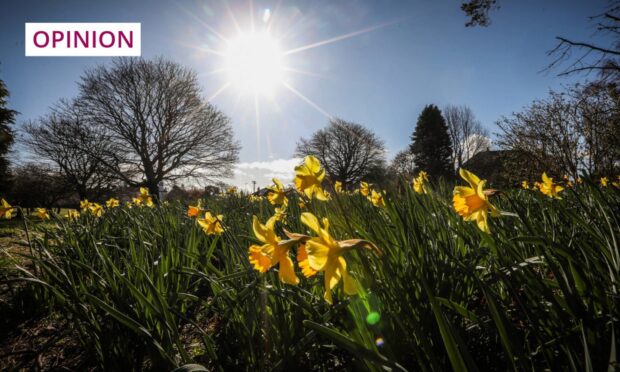
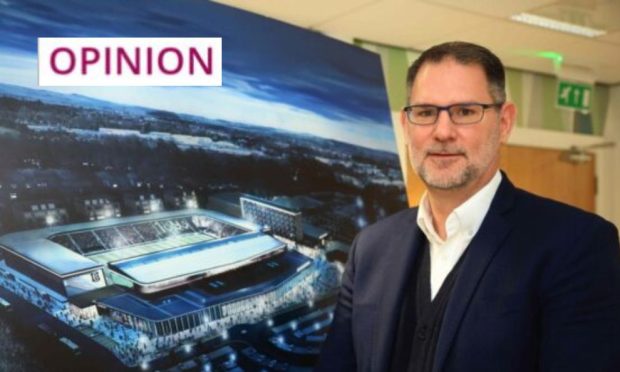
Conversation